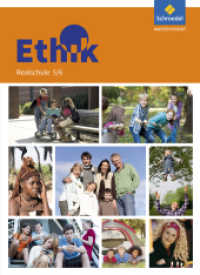- ホーム
- > 洋書
- > ドイツ書
- > Humanities, Arts & Music
- > Linguistics
- > general surveys & lexicons
Full Description
It highlights that innovative teaching, learning and assessment practices that are now in place in virtually all levels of English language teaching and learning from primary school to university to adult education sectors, and reflects on possible ways forward for innovation in the field of ELT.








